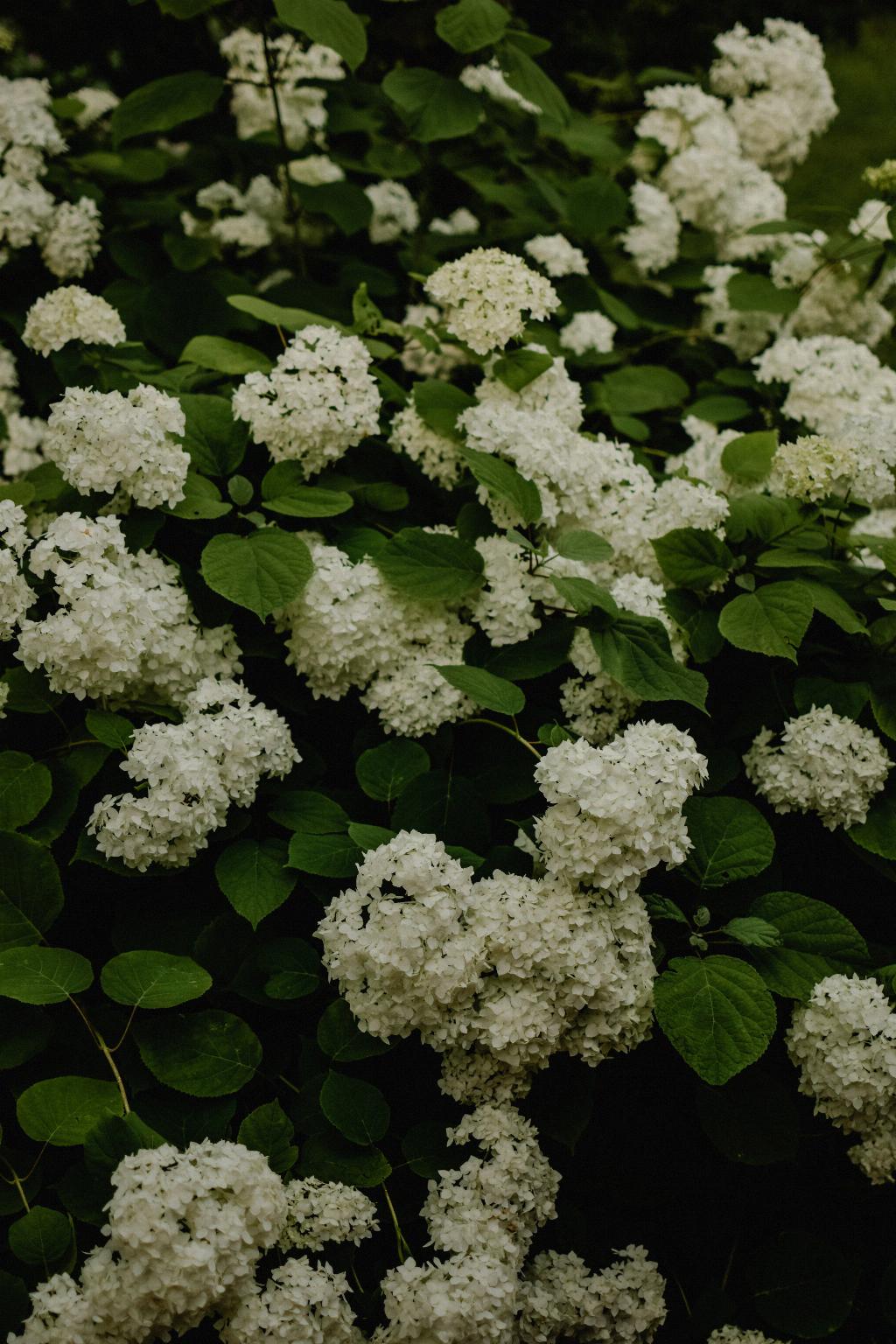Hydrangeas are known for their stunning, vibrant blooms that add a touch of beauty to any garden. However, if your hydrangea isn’t blooming as abundantly as it once did, there are several factors to consider. Here, we’ll delve into some of the common reasons why your hydrangea may be lacking in blooms.
The Impact of Environmental Conditions on Hydrangea Blooms
Extreme heat, drought, or excessive sun exposure can all have a significant impact on the blooming capabilities of your hydrangea plants. These conditions can stress the plant, leading to a reduction in flower production. Ensuring your hydrangeas are situated in a location with the right amount of sunlight and moisture is crucial for optimal blooming.
The Role of Pruning in Hydrangea Blooms
Proper pruning practices play a crucial role in the blooming of hydrangea plants. Pruning at the wrong time or cutting off flower buds unintentionally can lead to a lack of blooms. Understanding the specific pruning needs of your hydrangea variety is essential to encourage healthy flower production.
Hydrangea Variety and Blooming Patterns
It’s important to consider the specific variety of hydrangea you have in your garden, as different types have varying blooming patterns. Some hydrangeas bloom on old wood, while others bloom on new wood. Knowing the blooming habits of your hydrangea can help you determine the best care practices for optimal flower production.
Soil pH and Nutrient Levels
The pH level of your soil can have a significant impact on the blooming of hydrangea plants. Most hydrangea varieties prefer slightly acidic soil, and an imbalance in pH levels can affect flower production. Ensuring your soil is rich in the necessary nutrients and maintains the right pH balance can help promote healthy blooms.
Overcrowding and Competition for Resources
If your hydrangeas are overcrowded or competing with other plants for resources, they may struggle to bloom as abundantly. Ensuring adequate spacing between plants and providing sufficient nutrients and water can help alleviate competition and promote better blooming.
Effects of Improper Watering on Hydrangea Blooms
Improper watering practices, such as overwatering or underwatering, can negatively impact the blooming of hydrangeas. Inconsistent moisture levels can stress the plant and lead to a reduction in flower production. Maintaining a consistent watering schedule and ensuring proper drainage can help support healthy blooming.
Seasonal Changes and Blooming Cycles
Hydrangeas have specific blooming cycles that may vary depending on the time of year and environmental conditions. Understanding the seasonal changes that impact your hydrangea plants can help you anticipate blooming patterns and adjust your care routine accordingly.
Pest and Disease Infestations
Pest infestations or diseases affecting your hydrangeas can weaken the plant and inhibit blooming. Keeping an eye out for common pests and diseases that may plague hydrangeas, such as aphids or powdery mildew, and taking proactive measures to address these issues can help promote healthy blooms.
Age of the Hydrangea Plant
The age of your hydrangea plant can also influence its blooming capabilities. Younger plants may take some time to establish themselves before producing abundant blooms, while older plants may experience reduced blooming as they age. Understanding the growth stages of your hydrangea can provide insight into its blooming behavior.
Effects of Frost and Winter Damage
Frost damage or harsh winter conditions can impact the blooming of hydrangea plants. If your hydrangeas have been subjected to cold temperatures or frost damage, they may struggle to produce blooms in the following season. Protecting your plants during winter and providing proper care post-frost can help preserve blooming potential.

Conclusion
When it comes to understanding why your hydrangea isn’t blooming, considering a combination of factors such as environmental conditions, pruning practices, soil health, and pest management is essential. By addressing these potential issues and tailoring your care routine to meet the specific needs of your hydrangea plants, you can encourage healthy blooming and enjoy the vibrant flowers this beloved shrub is known for.
